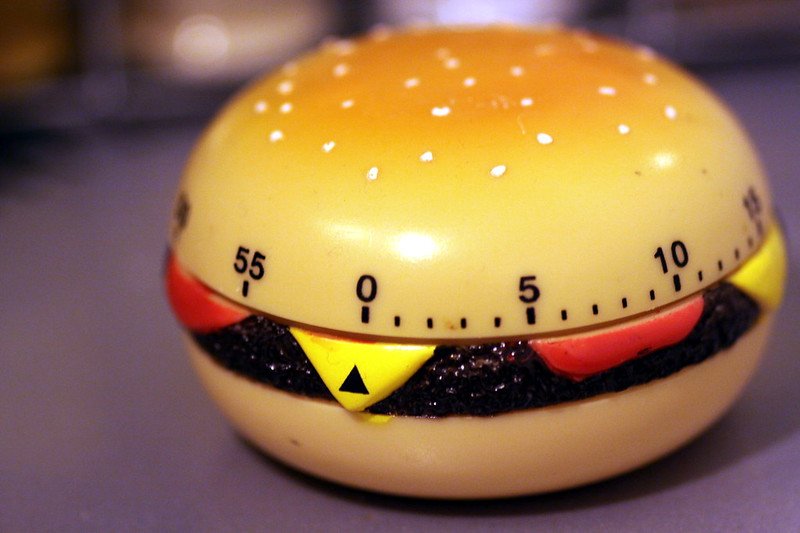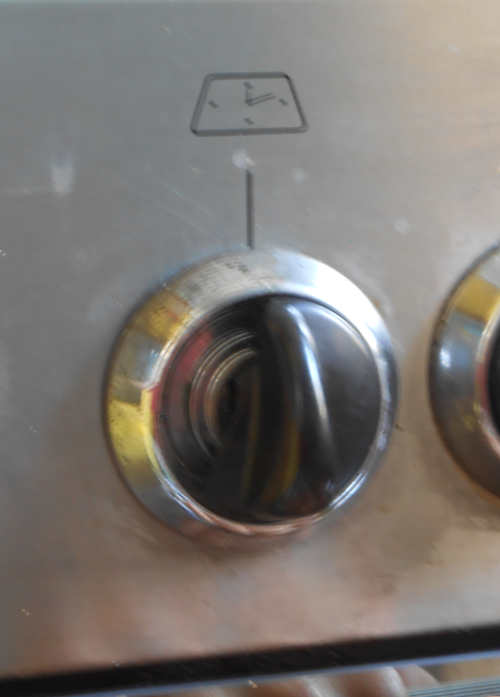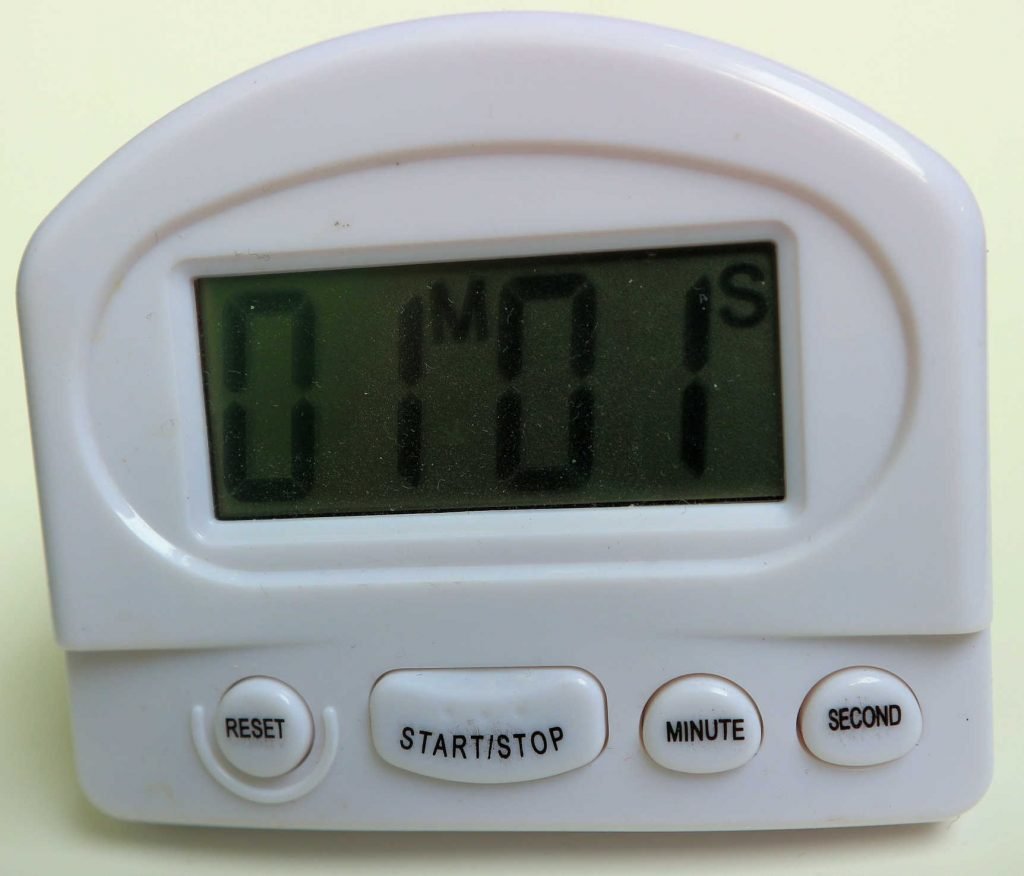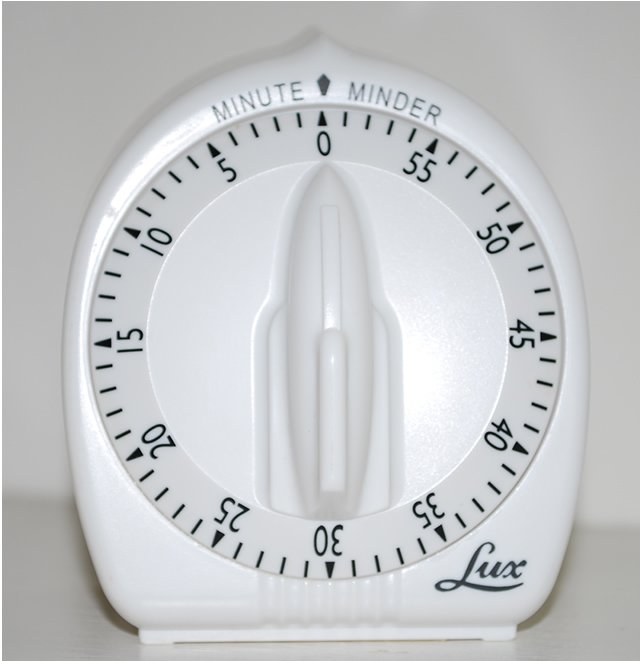I’ve been resisting buying a toaster because I don’t want my kitchen counter to be full of underused devices. So every morning I grill bread in the oven. I have to check it out often and sometimes I burn it.
Have you seen these mechanical kitchen timers?

My oven used to have one built-in:

It was great. The fact that the markings had faded wasn’t a problem—I’d used it much and I knew the time from the angle. I never burnt the bread while it was working. But it broke.
So now I have a problem: Find a way to not burn the bread.
I could get a digital timer:

These are too hard to use. I can set the mechanical one in a couple of seconds, using zero brain power. As is often the case, digital replacements of analogue products offer too many features and are way harder to use—which is why you never use your oven’s built-in digital timer.
So I could get an analogue timer, like this one:

This looks like it’s exactly the same as what I had. However, the built-in had two important features:
- It couldn’t be misplaced by me, my wife, or my kids. A standalone timer won’t be at exactly the same place each time. This adds some friction.
- It could be operated with one hand. Many of the kitchen timers on the market need two hands to set. Some can be set with one hand, but it’s a bit tricky and may require practice. Requiring two hands (or practice) adds a little friction.
I’m a bureaucrat and these two problems would not keep me from setting the timer. My wife is a normally careless human; add the slightest friction to the process and she’s likely to ignore it. She burns the bread more often than I do. In fact, having to set a timer, no matter how easy, after you put the bread in the oven, is added friction, and she might not even do that. The toaster, with zero friction, is probably the only good solution for her.
Why am I writing all this?
Because, very often, IT projects fail.
One of the reasons they fail is that we don’t pay enough attention to detail. Whether the “don’t burn the bread” project succeeds or not might depend on whether you glue the timer on the oven panel. In addition, users aren’t always disciplined—they are humans, and humans are lazy. Giving them a toaster can solve a problem easily, frictionlessly, and in a more cost-effective way than a glued timer, which requires rules and reminders.
You can create the most advanced timer in the world, and it may fail because you overlooked details like those. You can have the best programmers in the world, and the IT project may fail because you overlooked details like those.